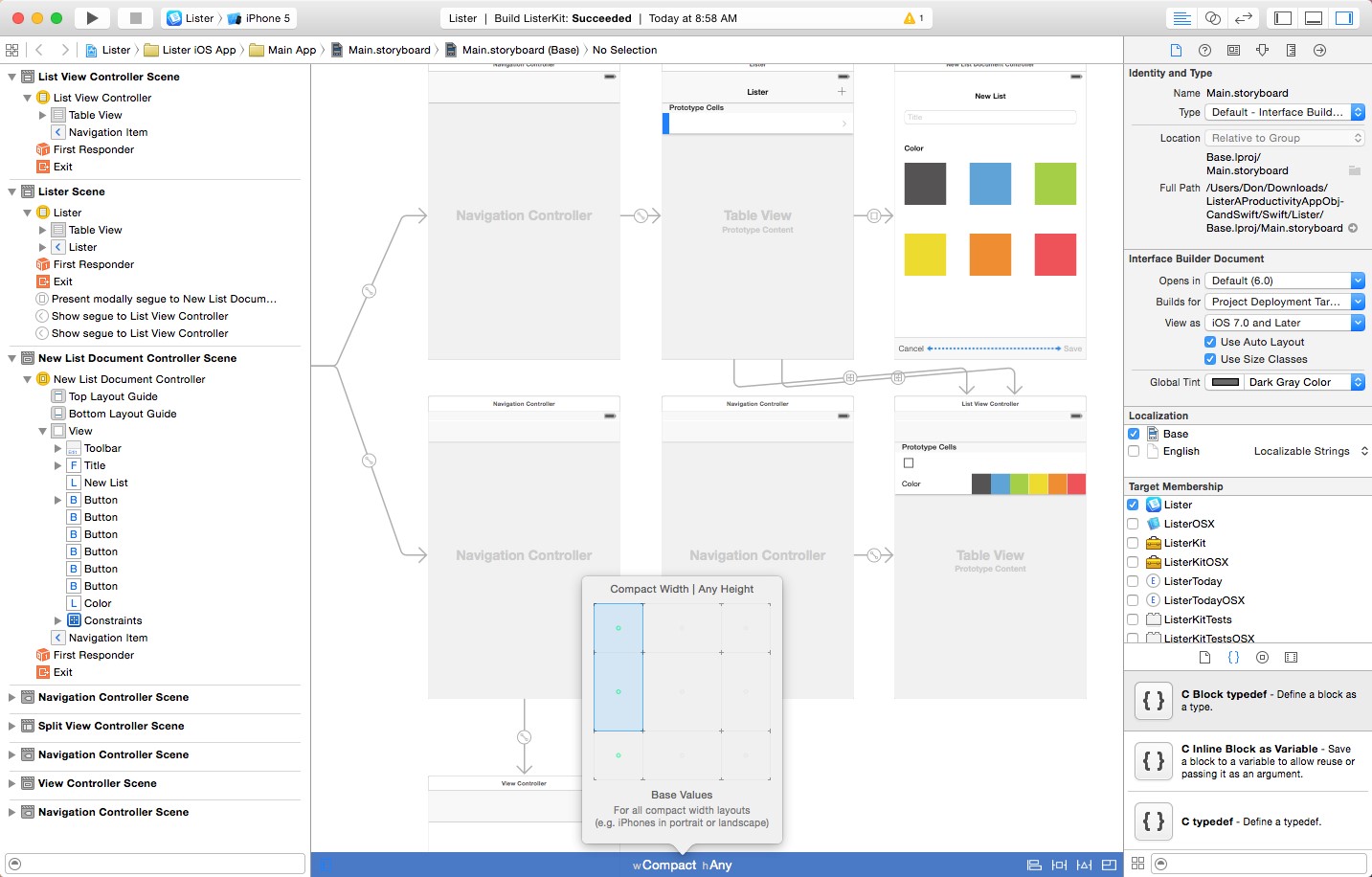

For example try using :!vim, :!mutt, or :!irssi from gVim, or pressing K over a word (which, by default, opens the manpage for that word). Durch set relativenumber siehst Du die absolute Zeilennummer in der aktuellen Zeile und darüber bzw. Mit set number wird die Nummerierung an der linken Spalte aktiviert. Eigentlich überflüssig, da in Neovim, im Gegensatz zu Vim, standardmäßig aktiv.

while they require more tweaking of the terminal in the other case.
#MACVIM VS VIMR FOR MAC OS#
Looks like the only NeoVim GUI for Mac OS X.

VimR repository is more active and has more stars comparing to neovim-dot-app. VimR comes with a command line tool vimr. It has a native file manager and works fine and fast with mouse gestures and macOS UI. Some keybindings work out of the box with gVim like CTRL+ Space, Meta+ e. There is a nice implementation of NeoVim GUI for macOS named VimR (R Refined).gVim can offer you scrollbars which scroll the Vim buffer (and not the Terminal scrollback).Offers a nice, customizable menu system, where each option has the corresponding Vim command listed.Terminal Vim can also handle the mouse quite well, but not drag-and-drop. Enables mouse support, if otherwise left alone (including drag-and-drop for files).A terminal can only do "blocks of monospaced characters". Some other more advanced graphical features, such as "wiggly lines" for spell checking, more flexible cursor shapes, etc.Note that you should be using a font that supports true italics. For true italics, the same holds true (see this and this). 24-bit color support out of the box (to get the same amount of colors in terminal vim, you have to try a little harder, see this and this).Some features that will only work with gVim:


 0 kommentar(er)
0 kommentar(er)
